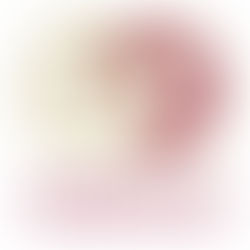Edmund de Waal talk at the York Art Gallery
Pam, my guide to good places to visit and where to get good meals, picked me up early and we went on a bit of detour on our way to York. Firstly we turned off wrongly from the A59 at the RAF Menwith Hill site, or should I say sight. What an incongruous addition to the beautiful landscape these gigantic golf balls make.

After some intuitive navigating Pam got us to Ripley where we went on a guided tour of the house followed by a stroll around the lake and gardens. What I like best in the house was the games room in the top part of the old house with the oak panelling, floorboards and the large snooker table. The ceiling in particular reminded me of the inside of a large wooden boat hull.

Then we went on to the main destination of our outing: the York Art Gallery to listen to Edmund de Waal giving his talk "Bright Earth, Fired Earth: Travels with Porcelain".


The auditorium was packed with a very diverse audience and a clear sense of anticipation and, in the case of Matthew, a level of skepticism. Whatever reserve there may have been is soon lost when listening to Edmund de Waal speaking. He is knowledgeable and engaging. Most of his talk was based on his experience while researching and writing his book "The White Road - A Journey Into Obsession" in which he travels and researches the origins and production of porcelain.

If one had read the book before the talk it may have been repetitive. As I have not, it was interesting to get a snapshot of the sort of links he establishes between science, history and porcelain production. De Waal links the appeal of the white porcelain and its research and production to historical figures in way that shows both the beauty but also the destruction its production has brought. His research in this books spans porcelain production from early porcelain production in Jingdezhen in China to its appreciation at the court of Louis IVX, from European porcelain production at Meissen in Dresden to its development in Cornwall and the role Josiah Wedgwood, and back to porcelain production in China in the 20th century. There was a genuine and audible gasp when he revealed that when looking for the for the forgotten ruins of the previously to him unknown Bauhaus porcelain factory Allach in Munich he discovered that the factory had been bought by Himmler and moved to Dachau concentration camp. Thus linking the association of kilns with the mental image which ovens within close proximity were put use. Here the whiteness of porcelain is not only linked to notions of purity but also racial purity.



De Waal also showed us photos of his own more recent exhibitions in Vienna and Stockholm. Looking at the photos I am not convinced that I really like his work. It may however be the case that I'd have to go and see the works in situ for myself to be able to appreciate them. Looking at photos will not do them justice, in particular as de Waal's installations of pottery is much more about the process of viewing than about each individual piece. Even though he works with clay and is passionate about making porcelain pots I would describe him more as an installation artist than a potter.


However, there is no doubt of Edmund de Waal's influential role when it comes to being an ambassador of clay related art. He brings ceramics and pottery to a much wider audience through his books, talks and general engagements. I certainly left his talk having been informed, challenged and entertained with stories about ceramics which I'm sure would appeal to much wider audience than just us pottery buffs.

















